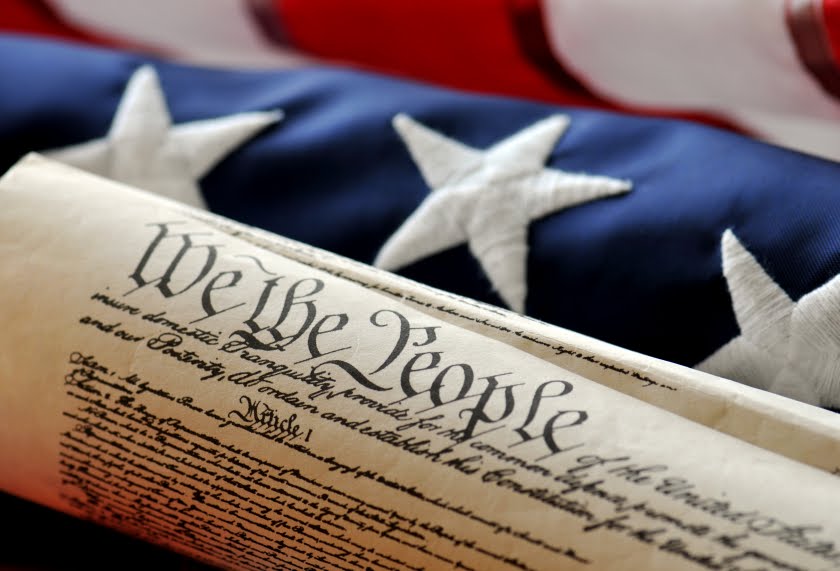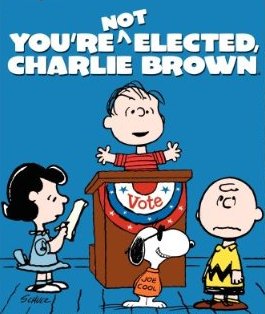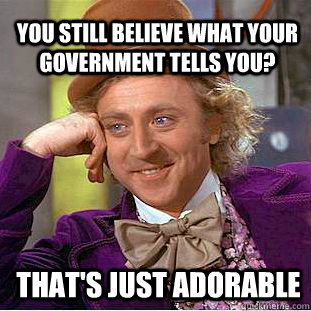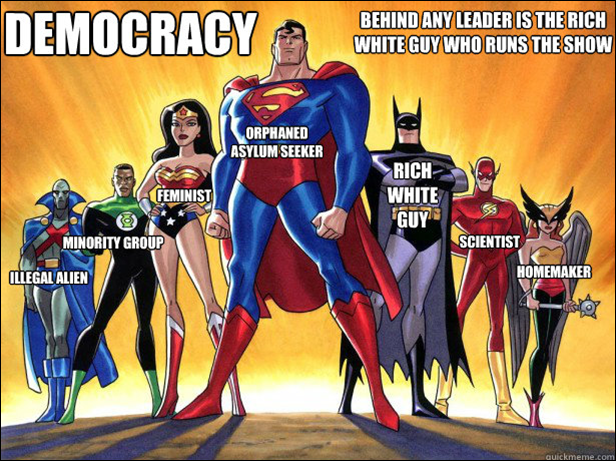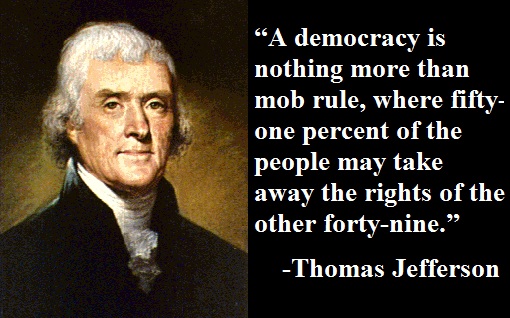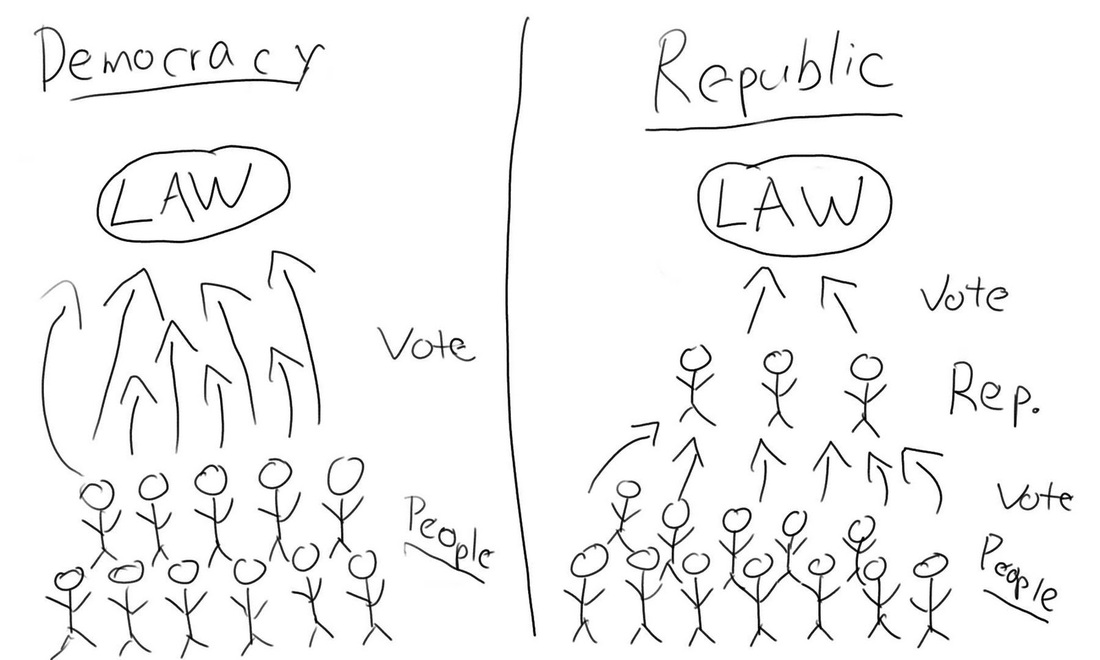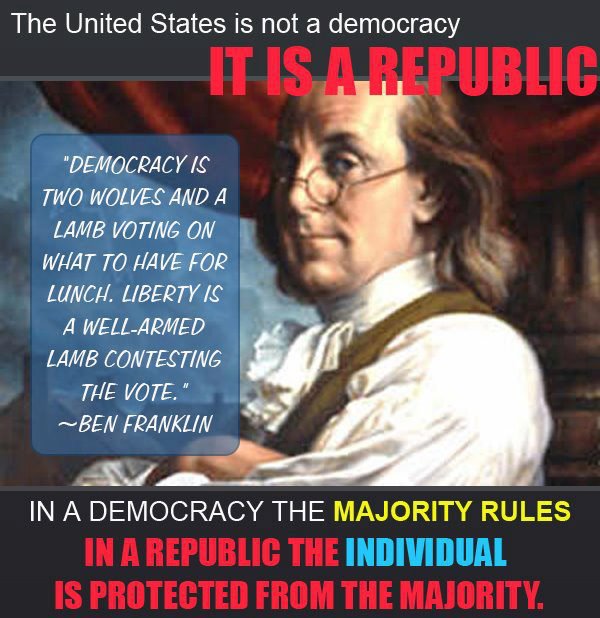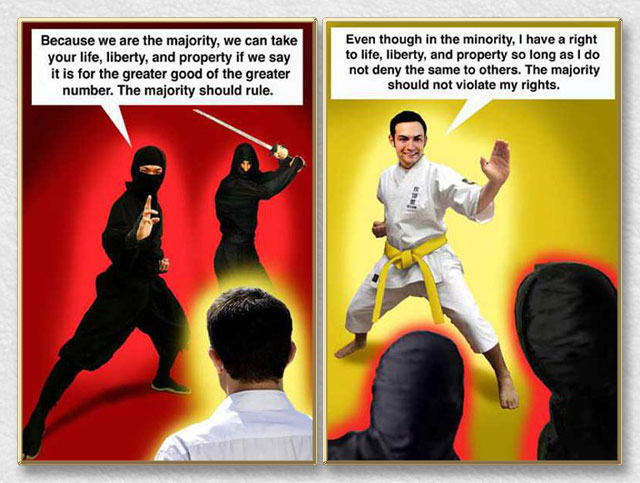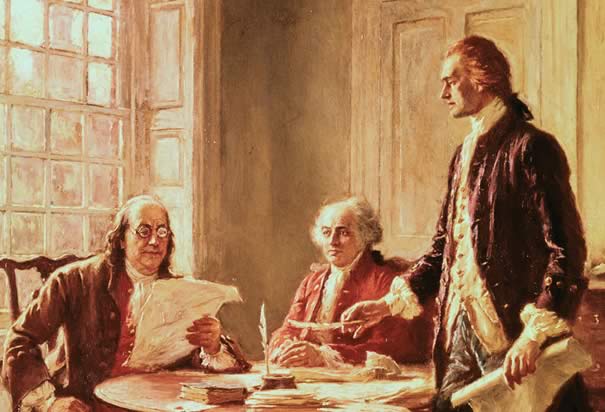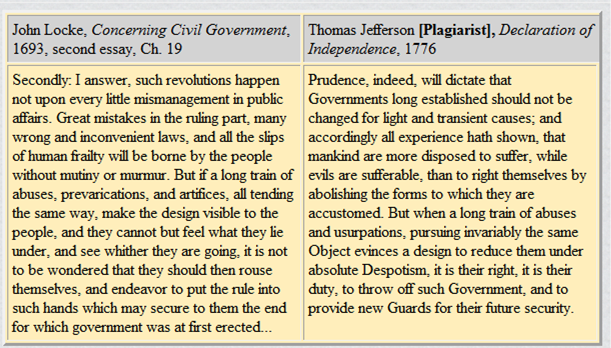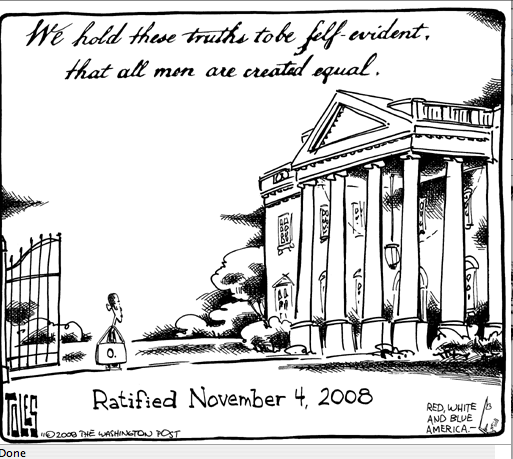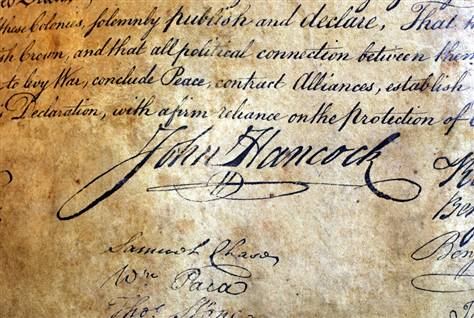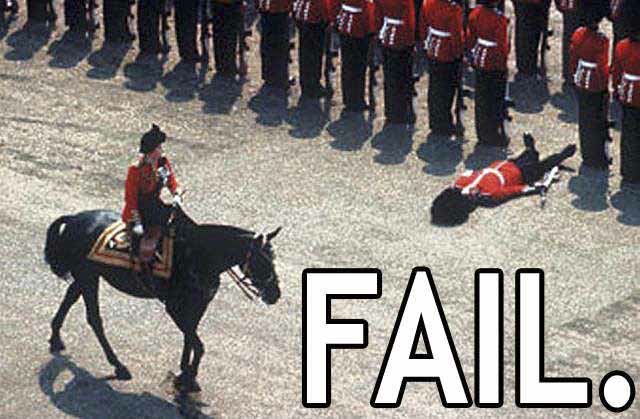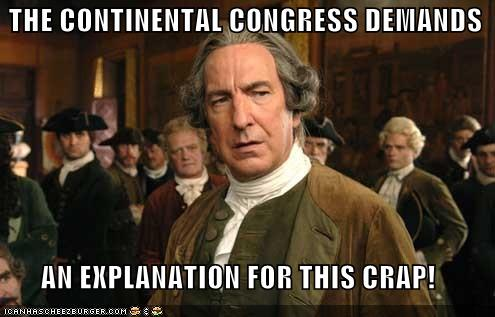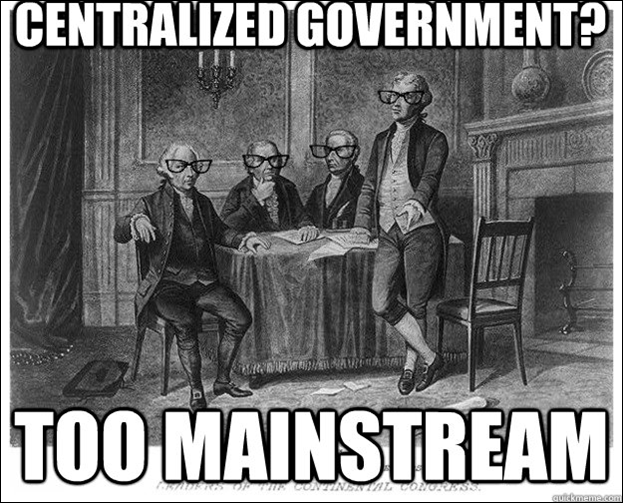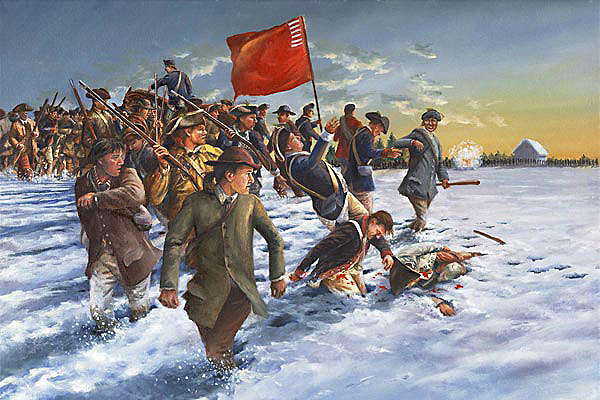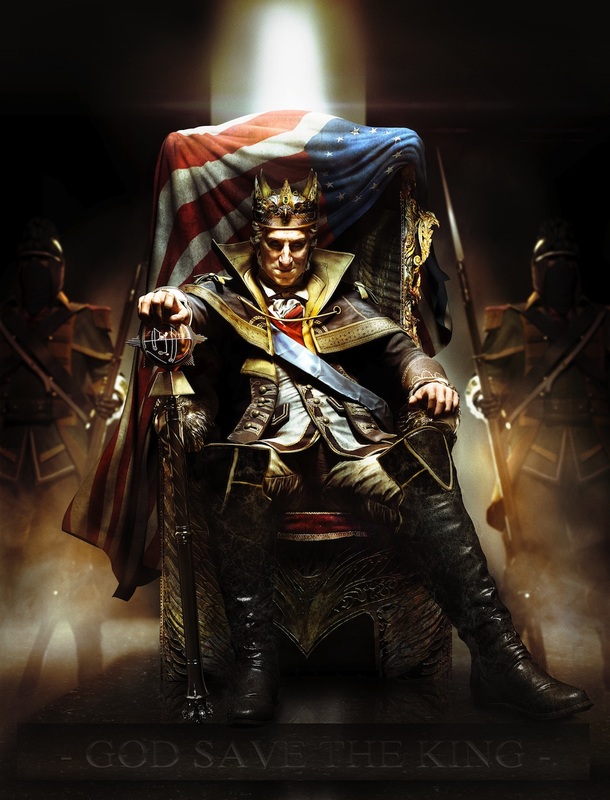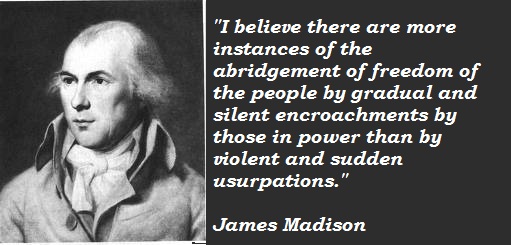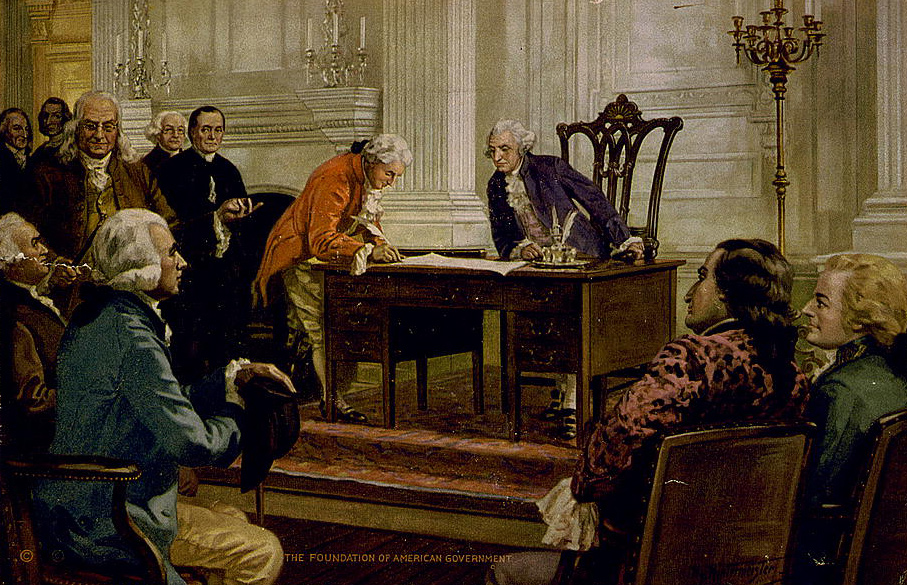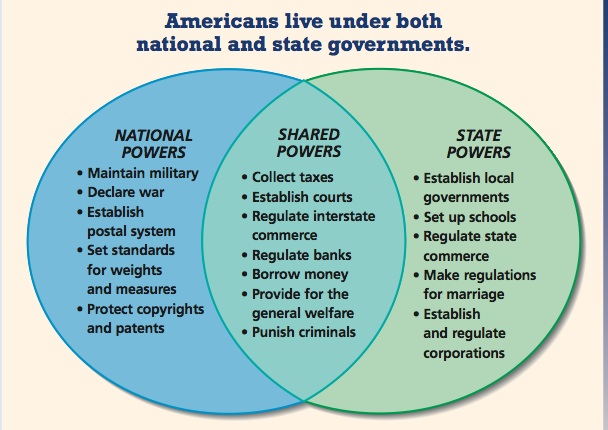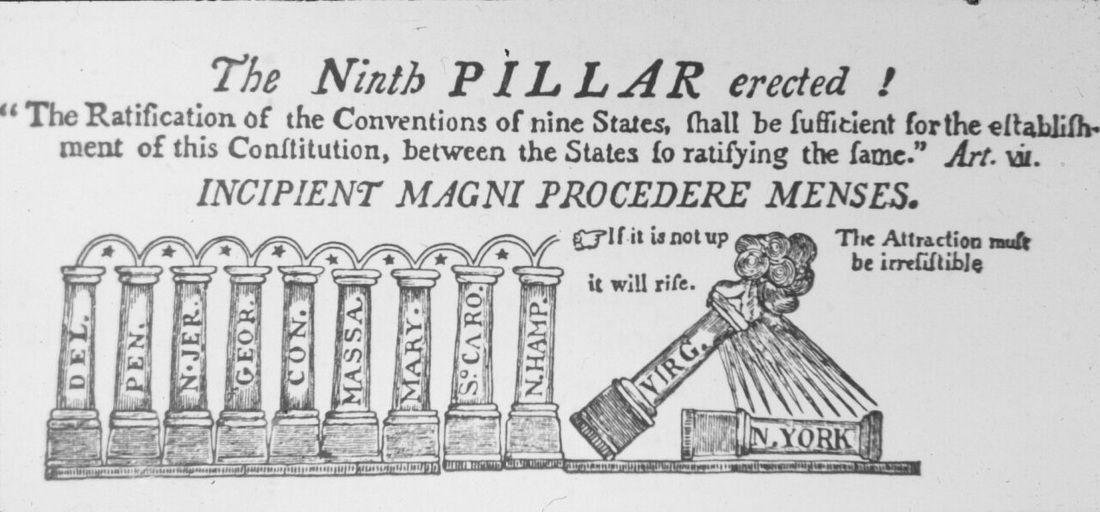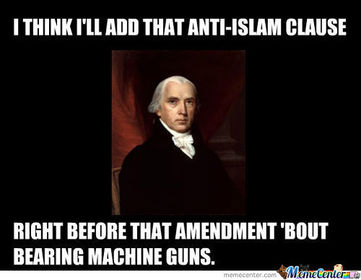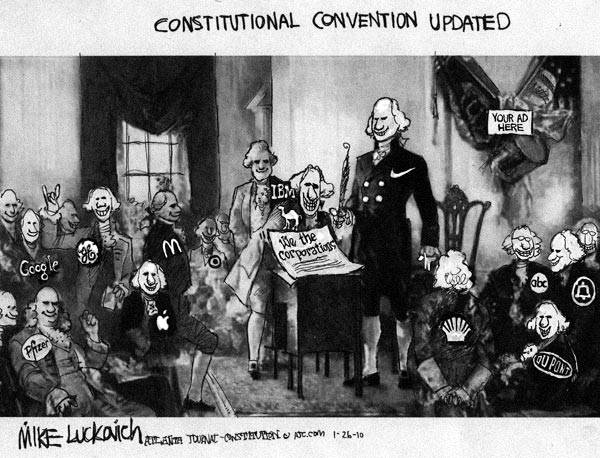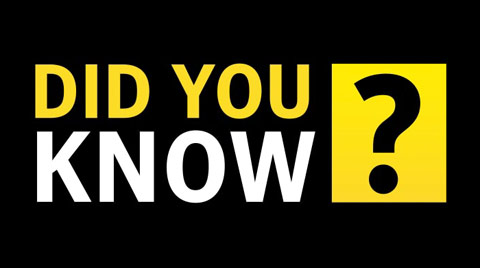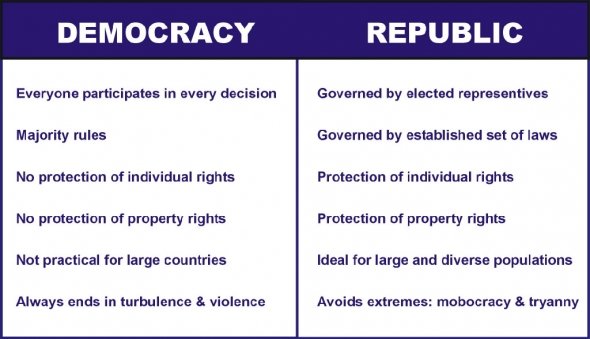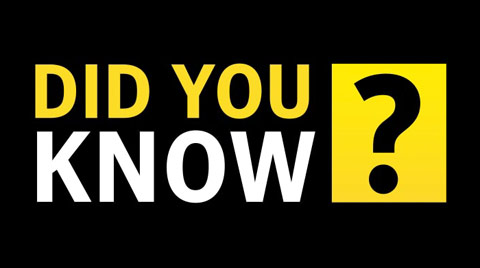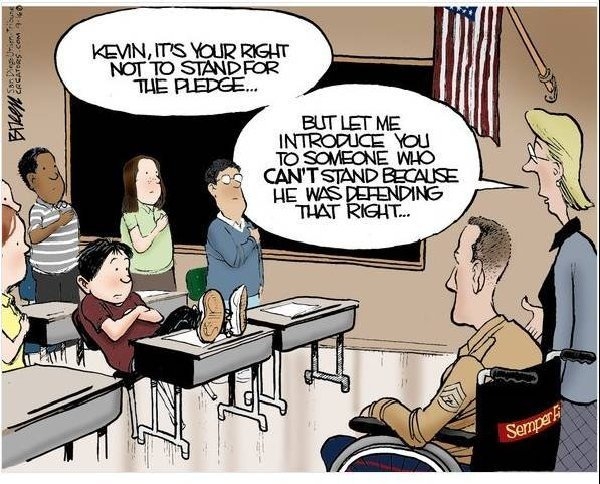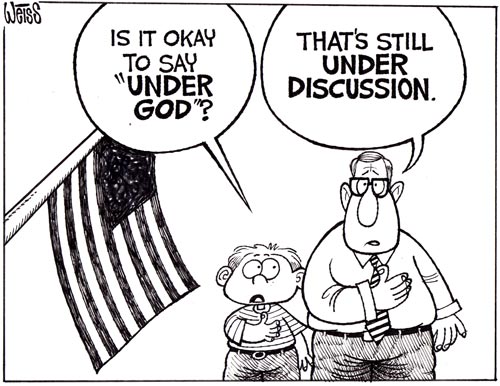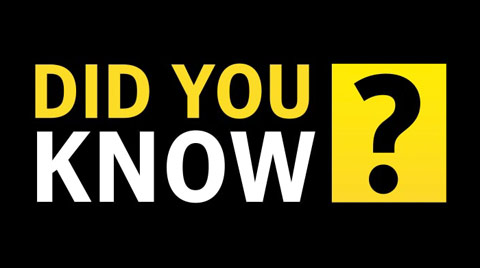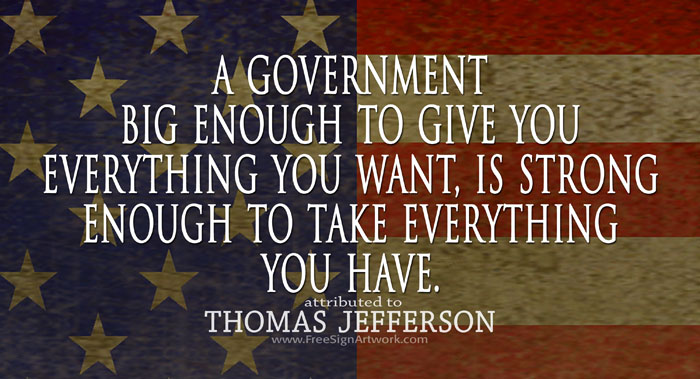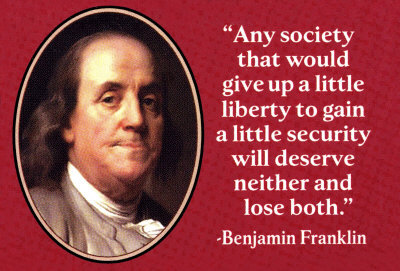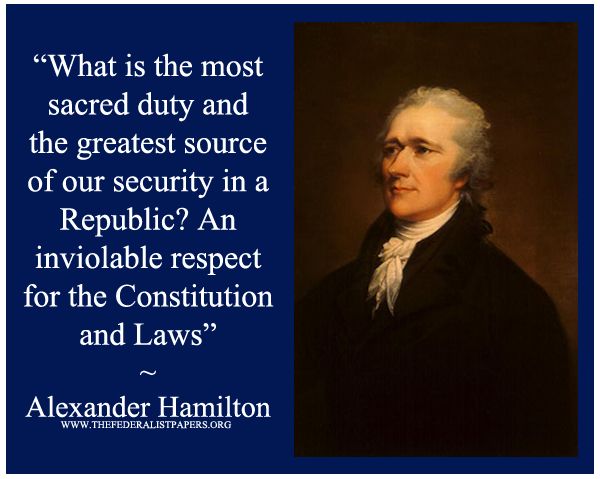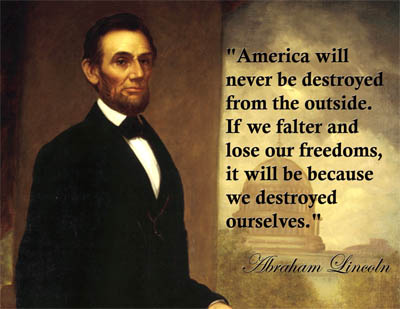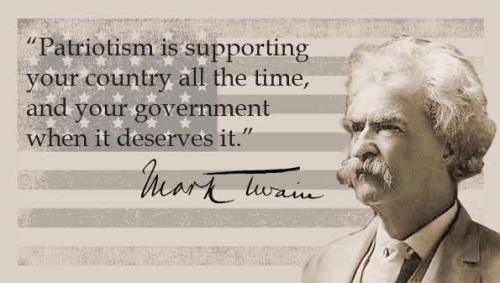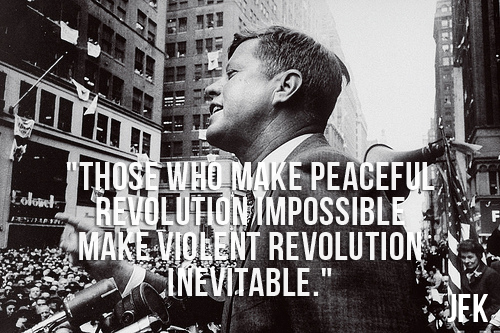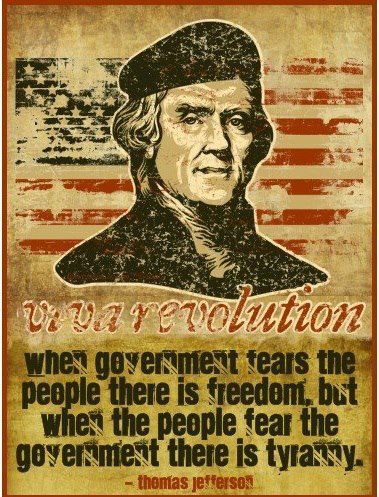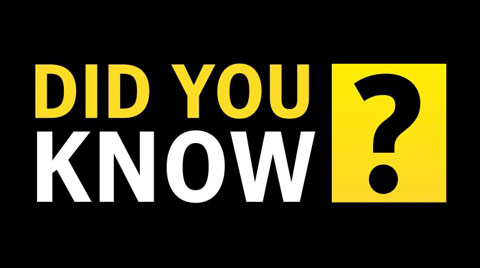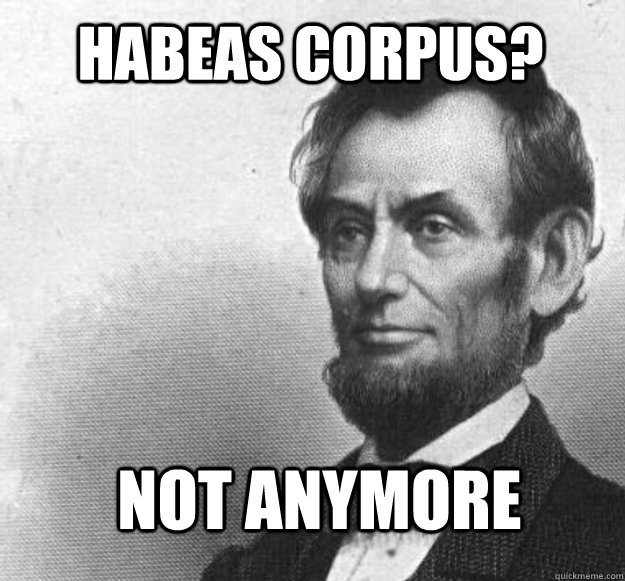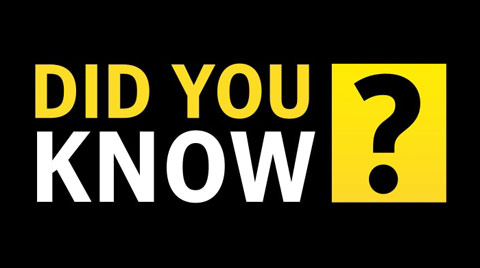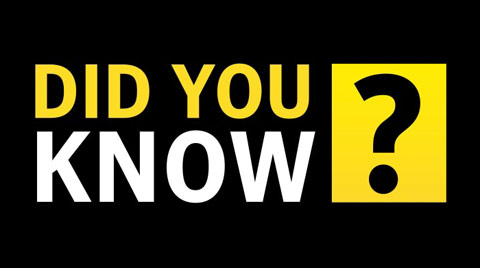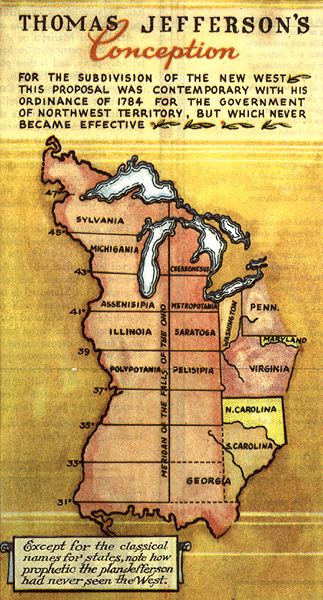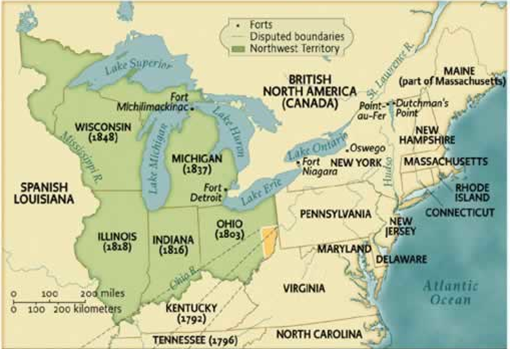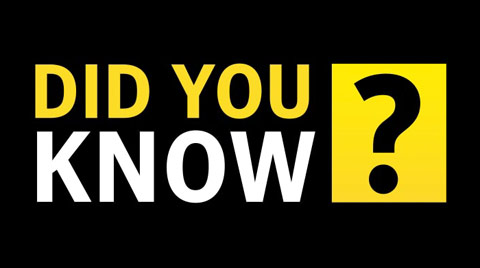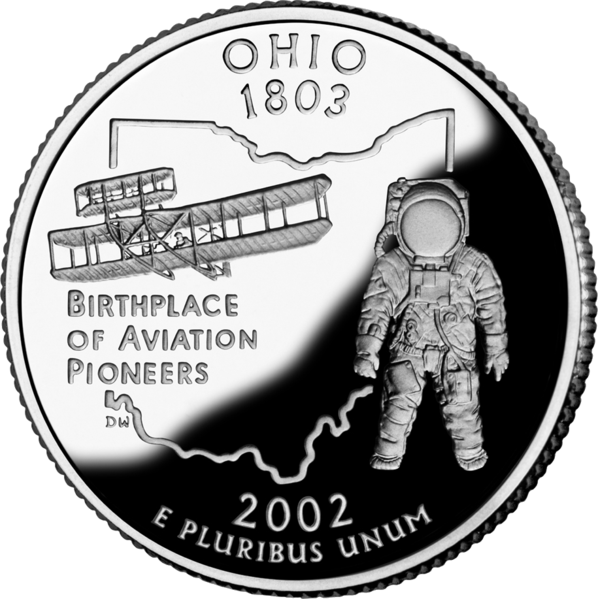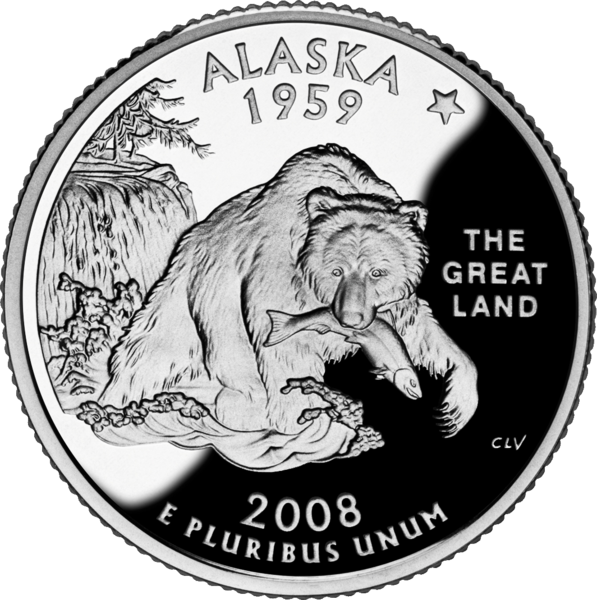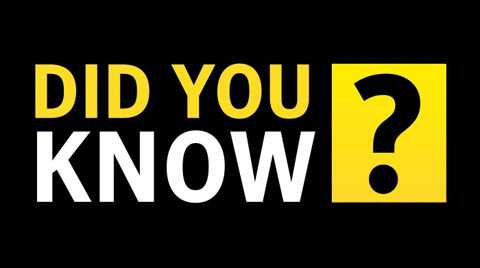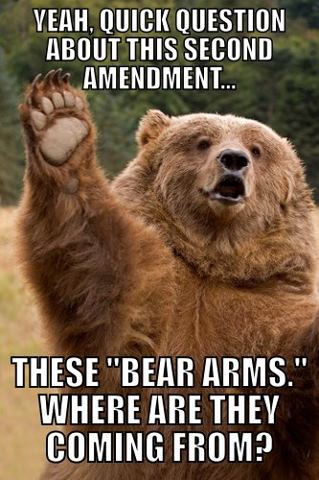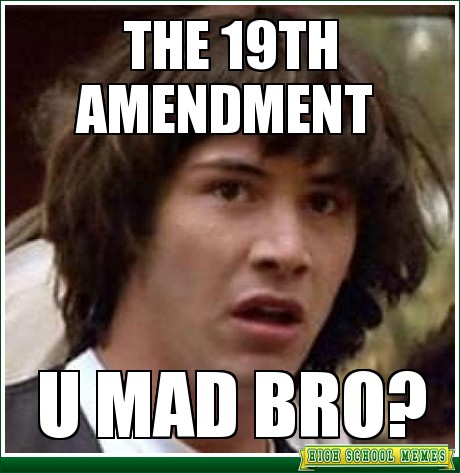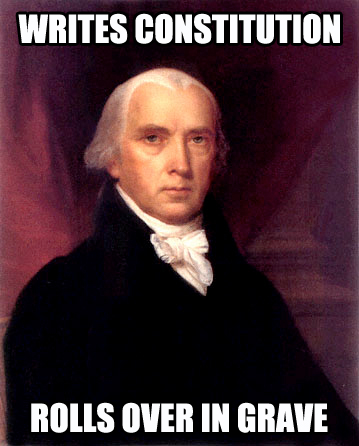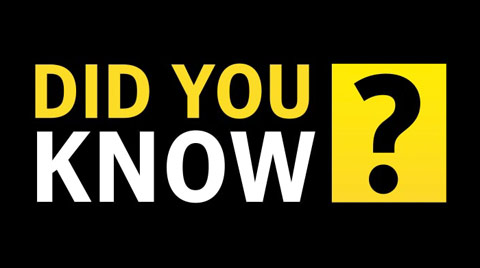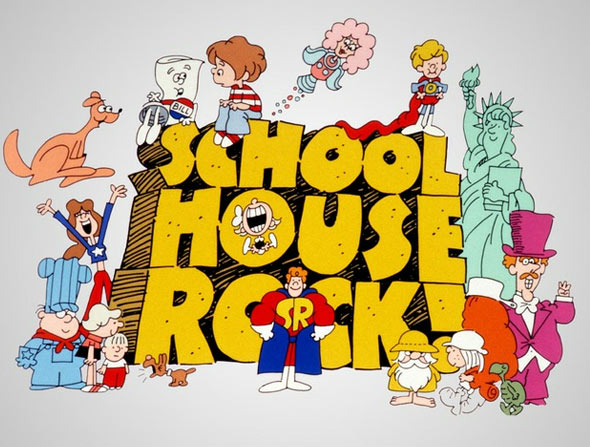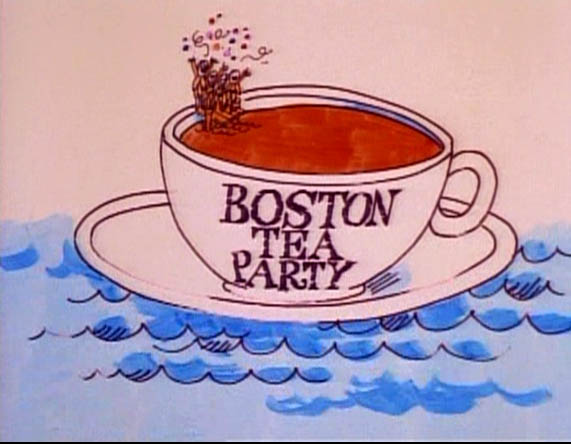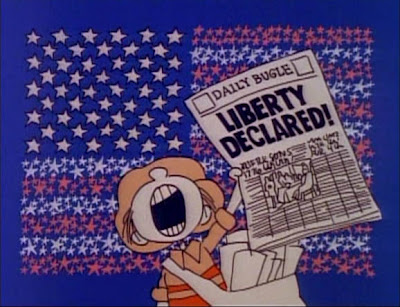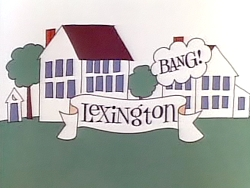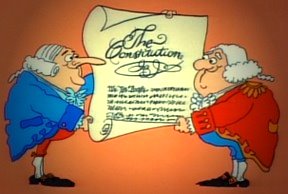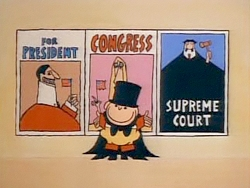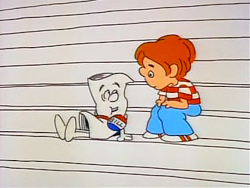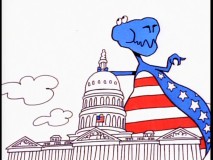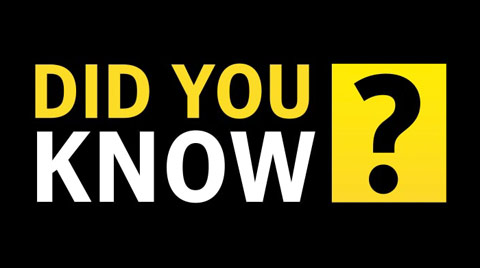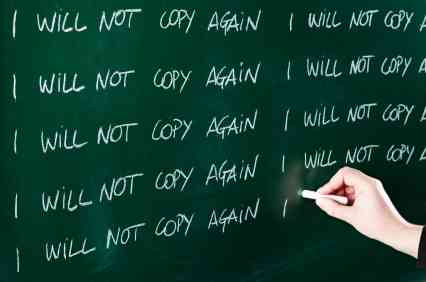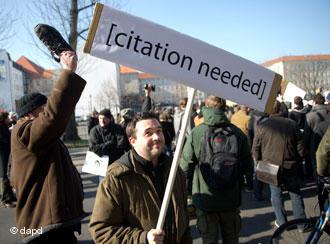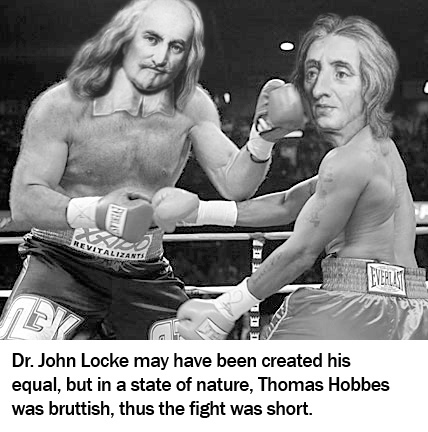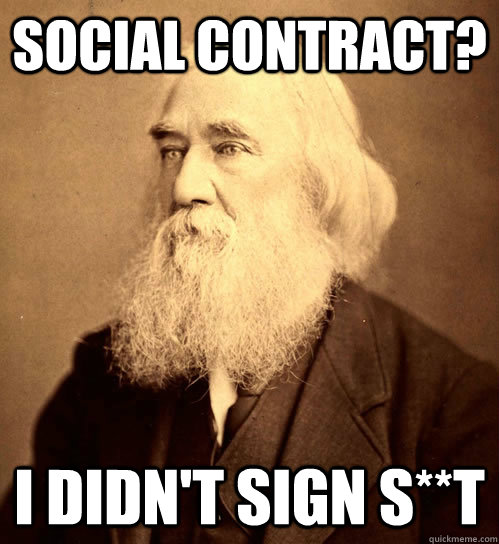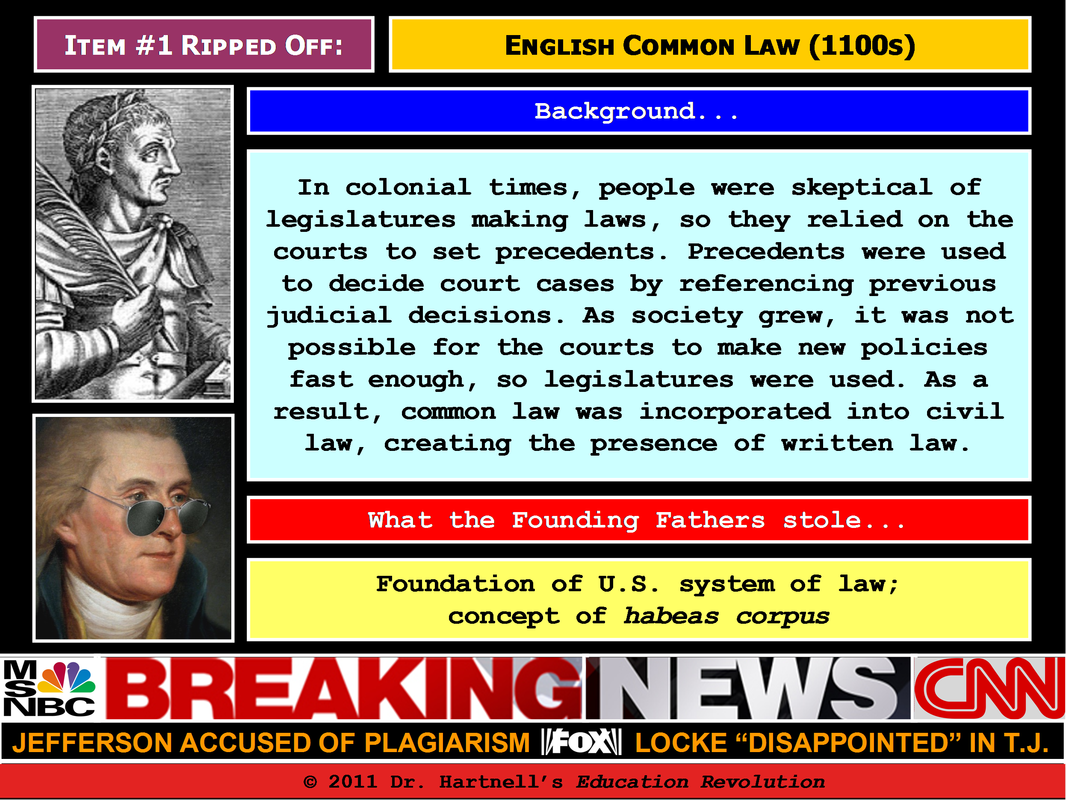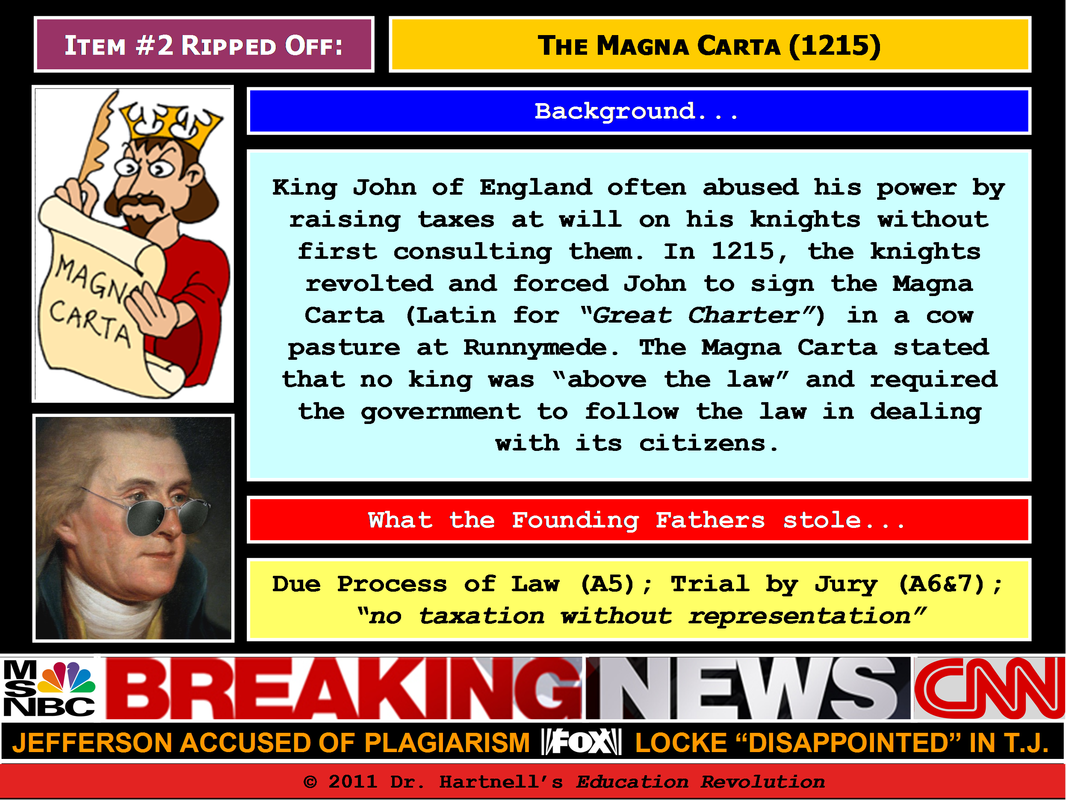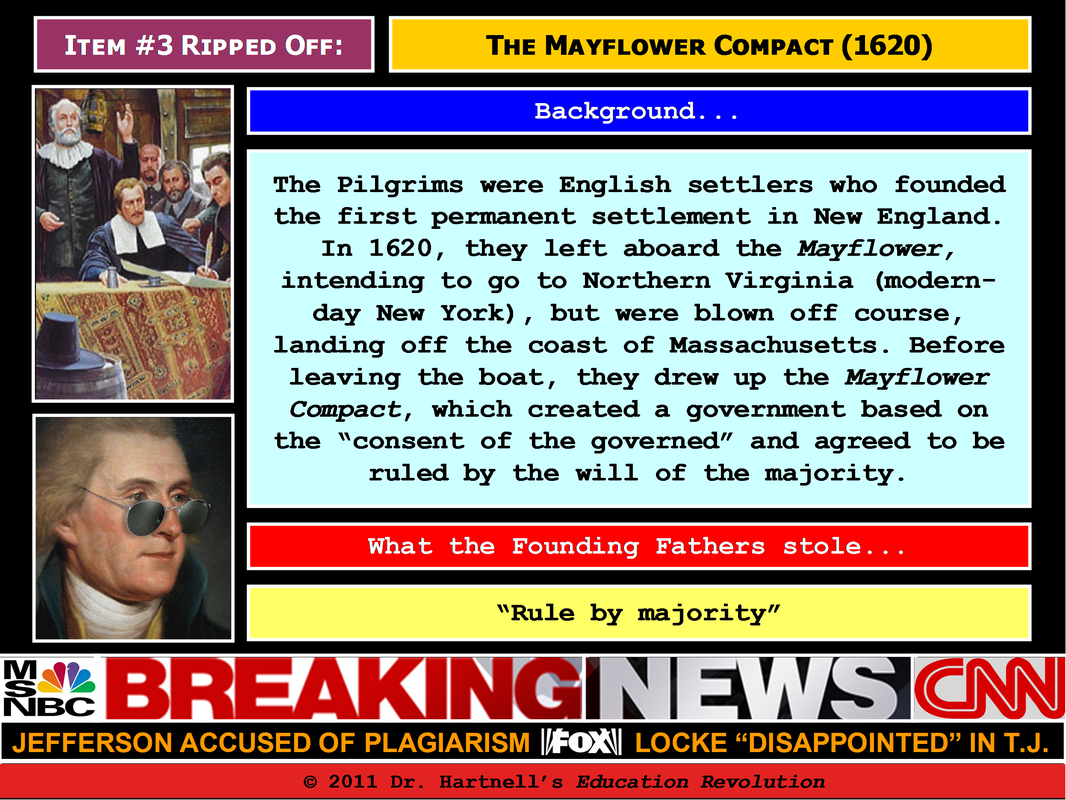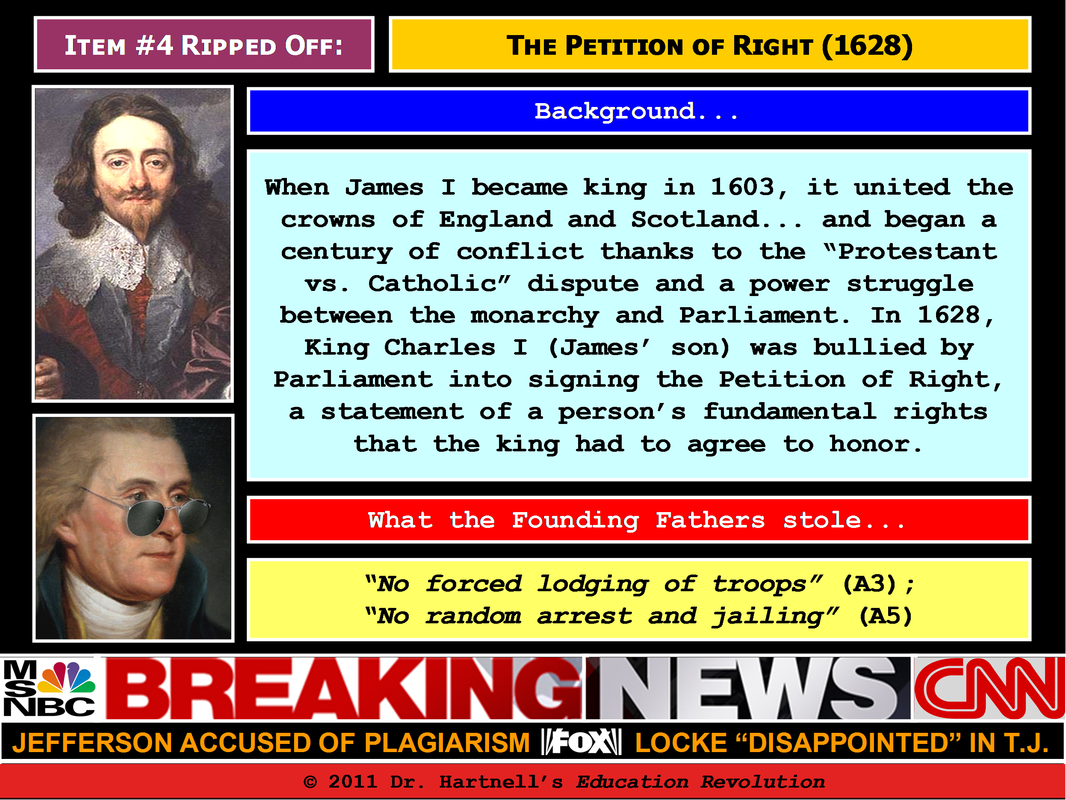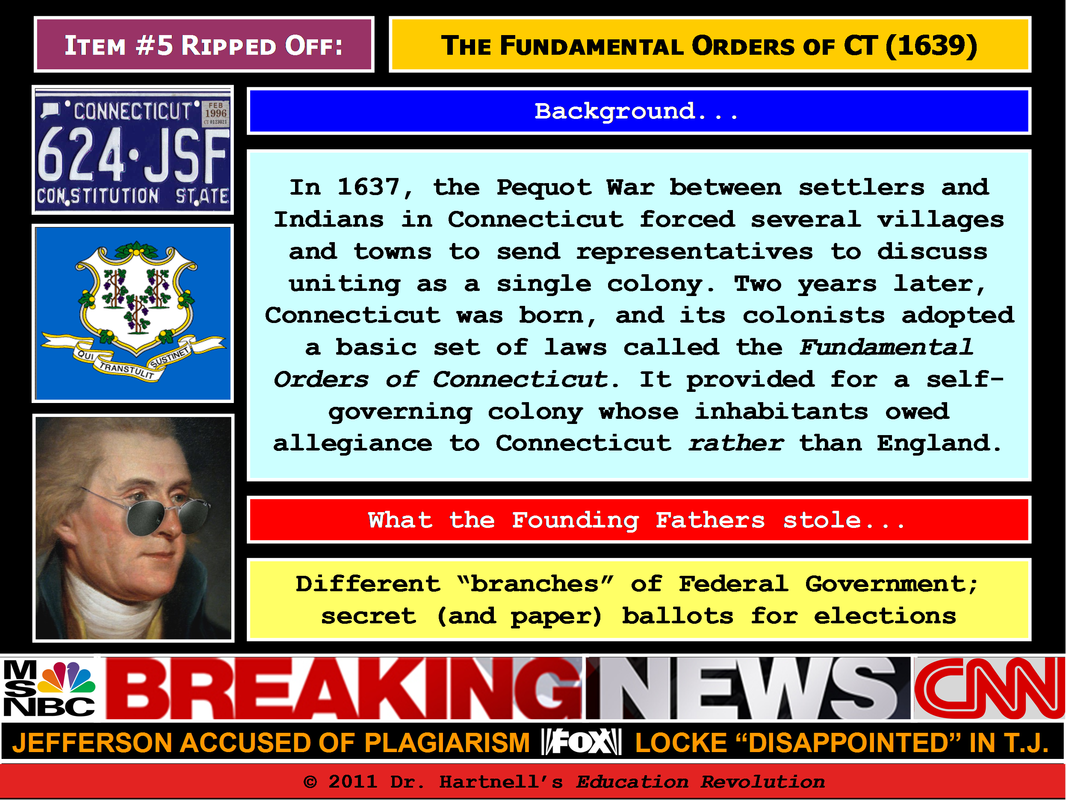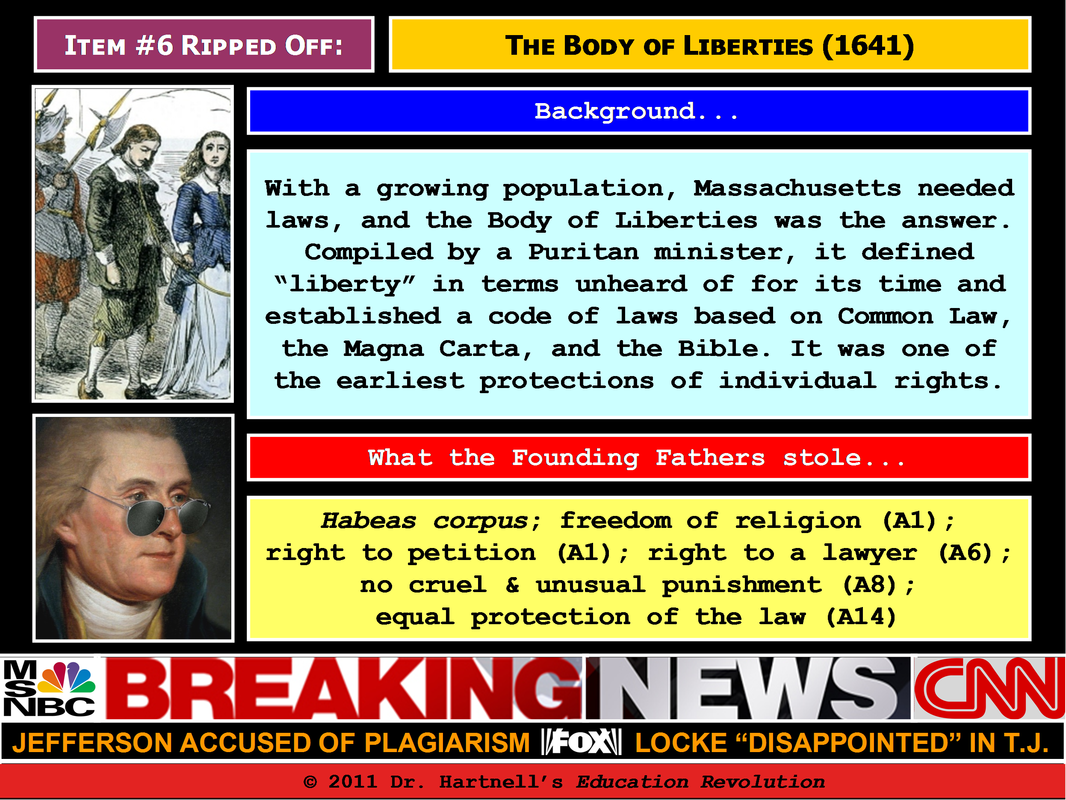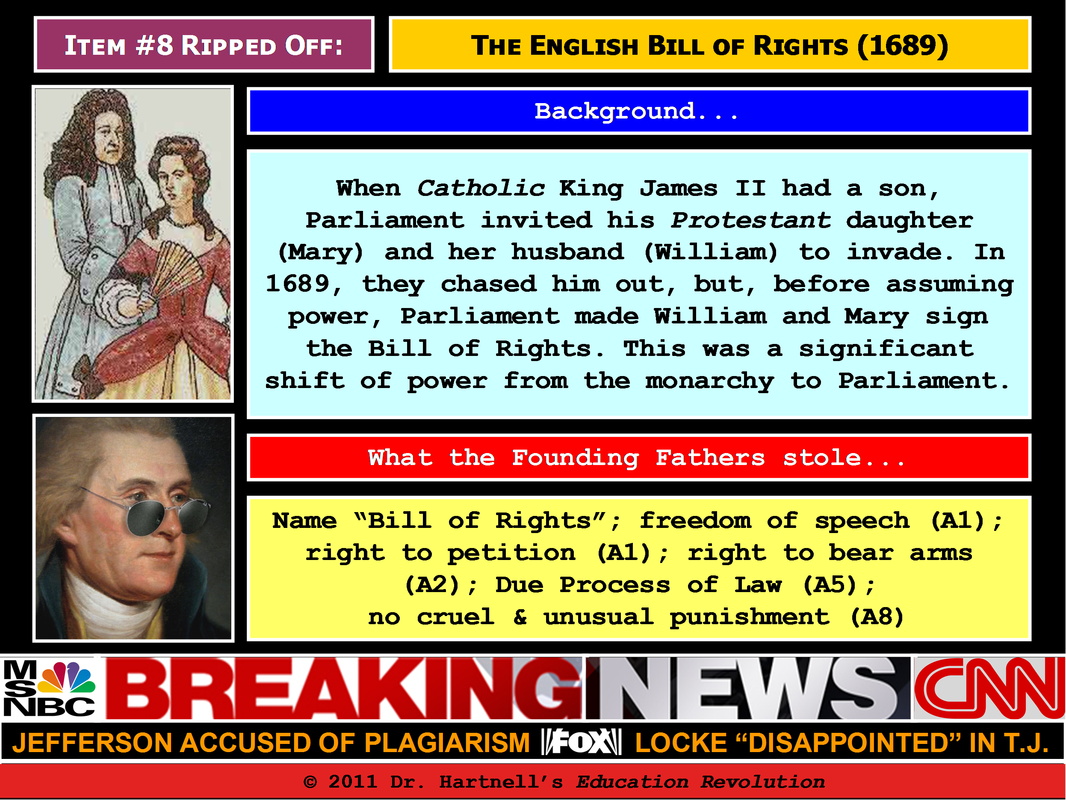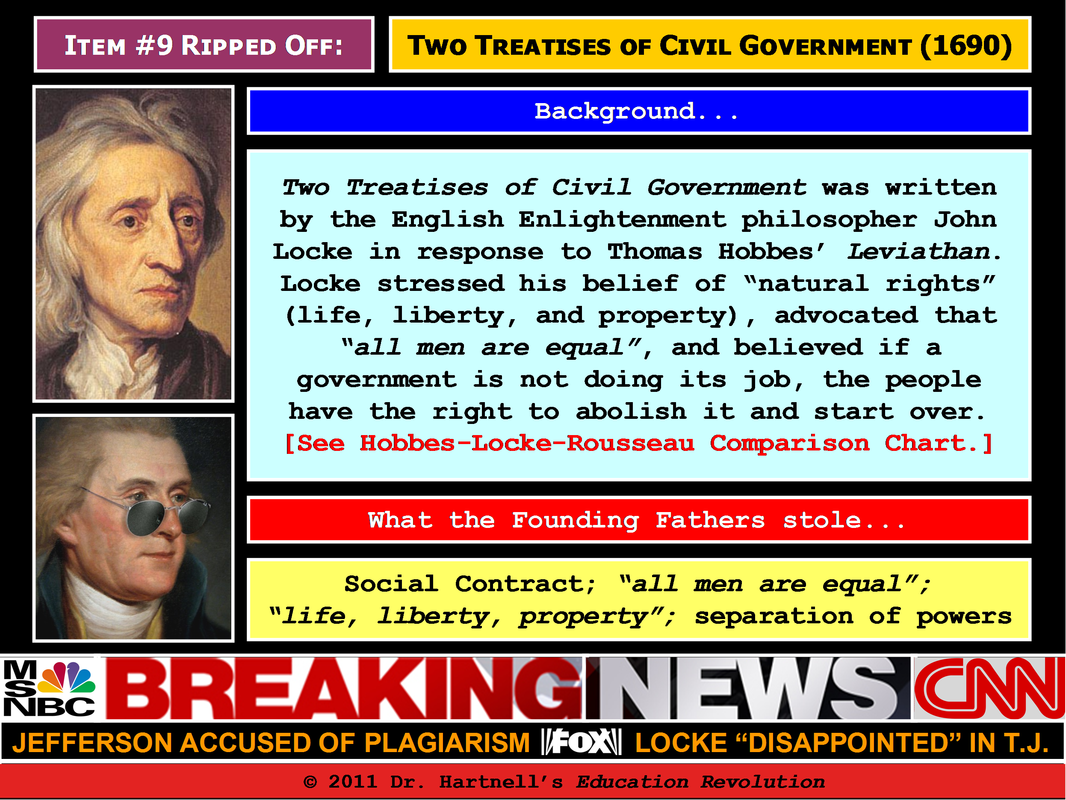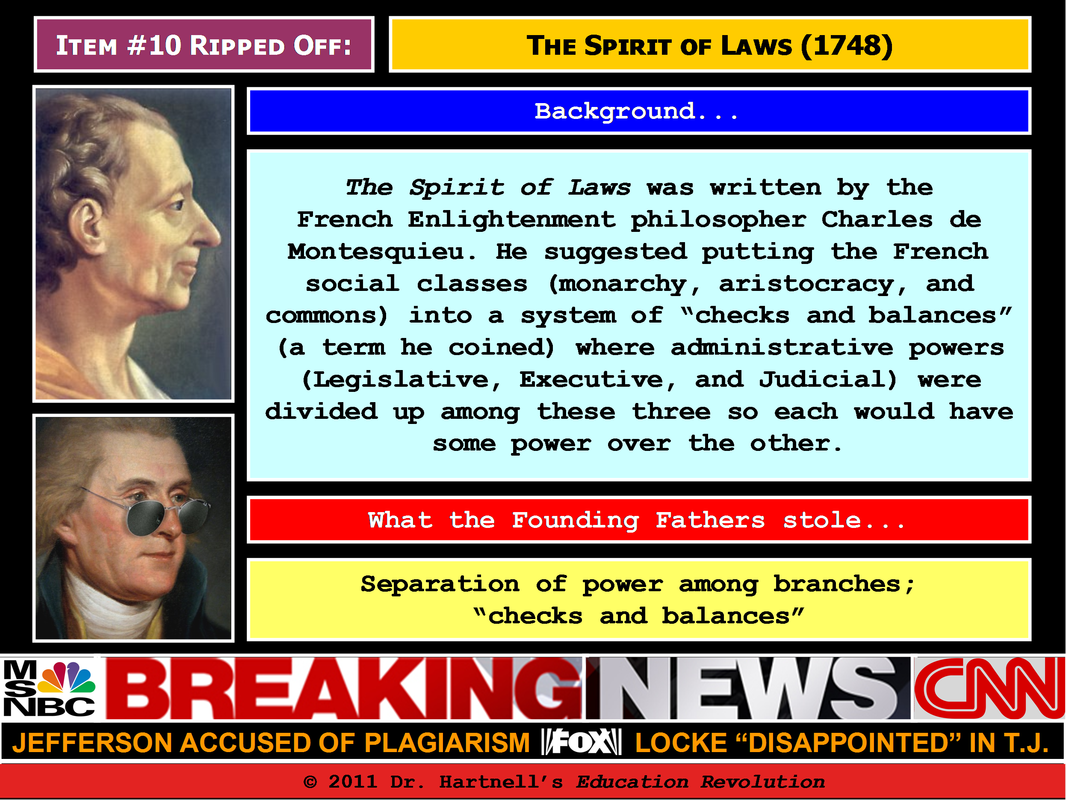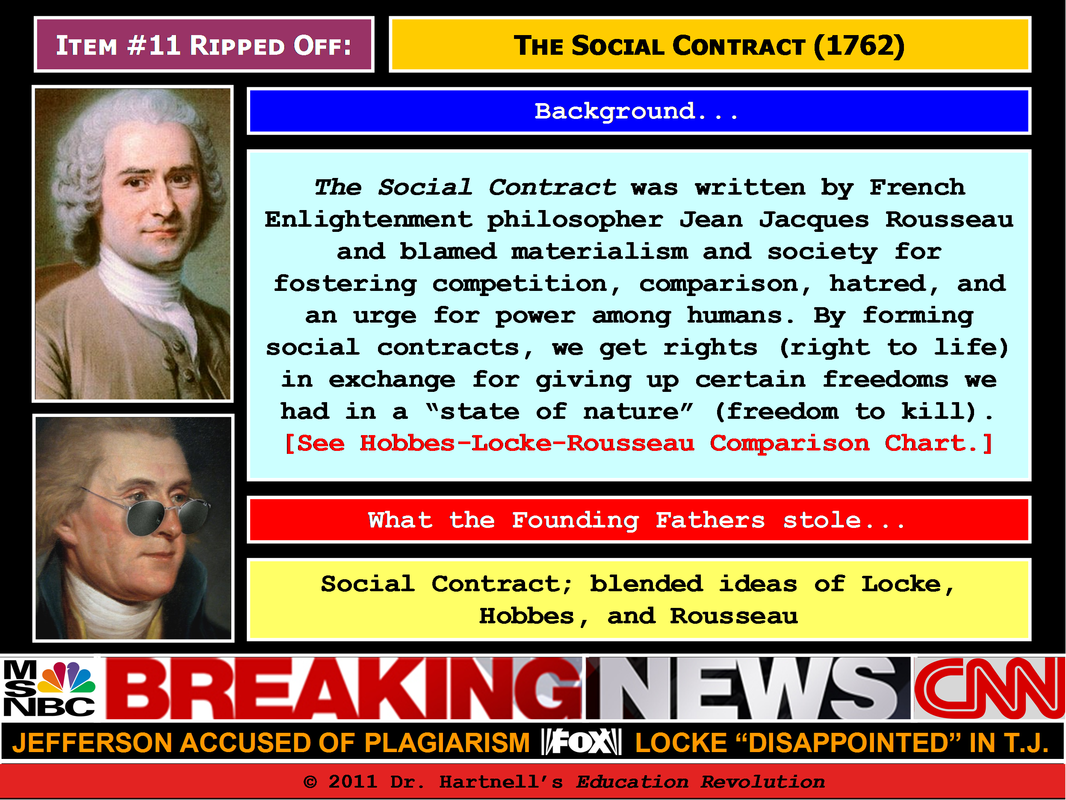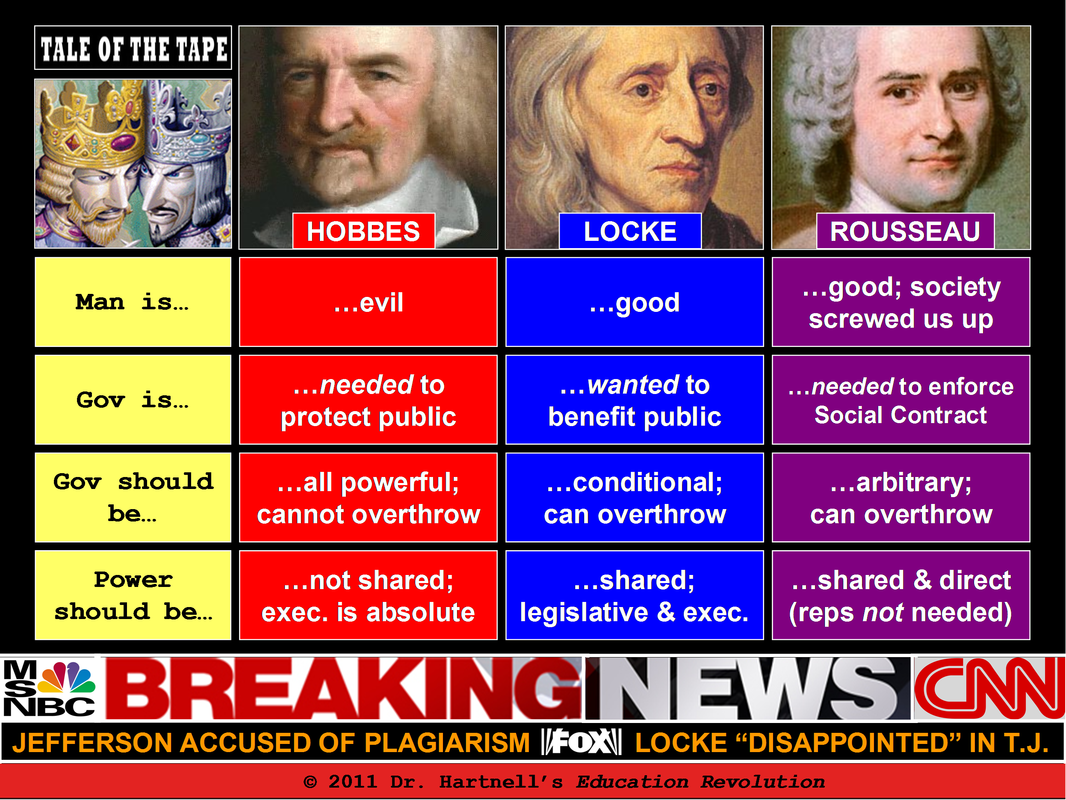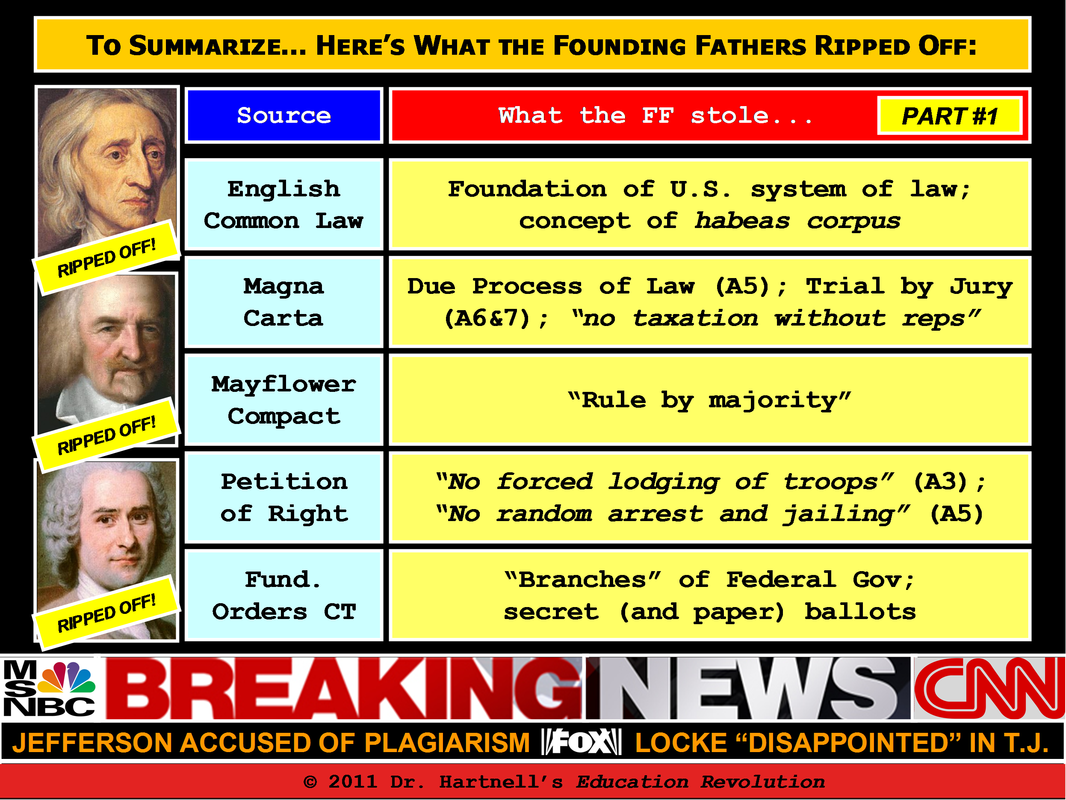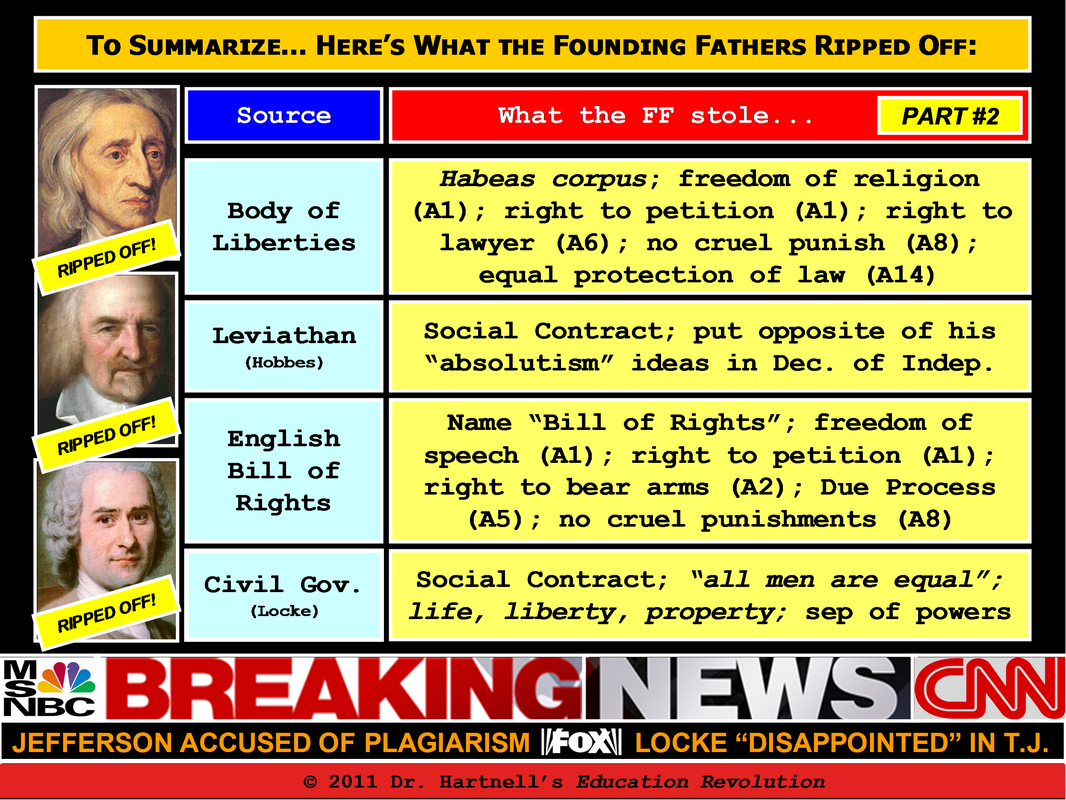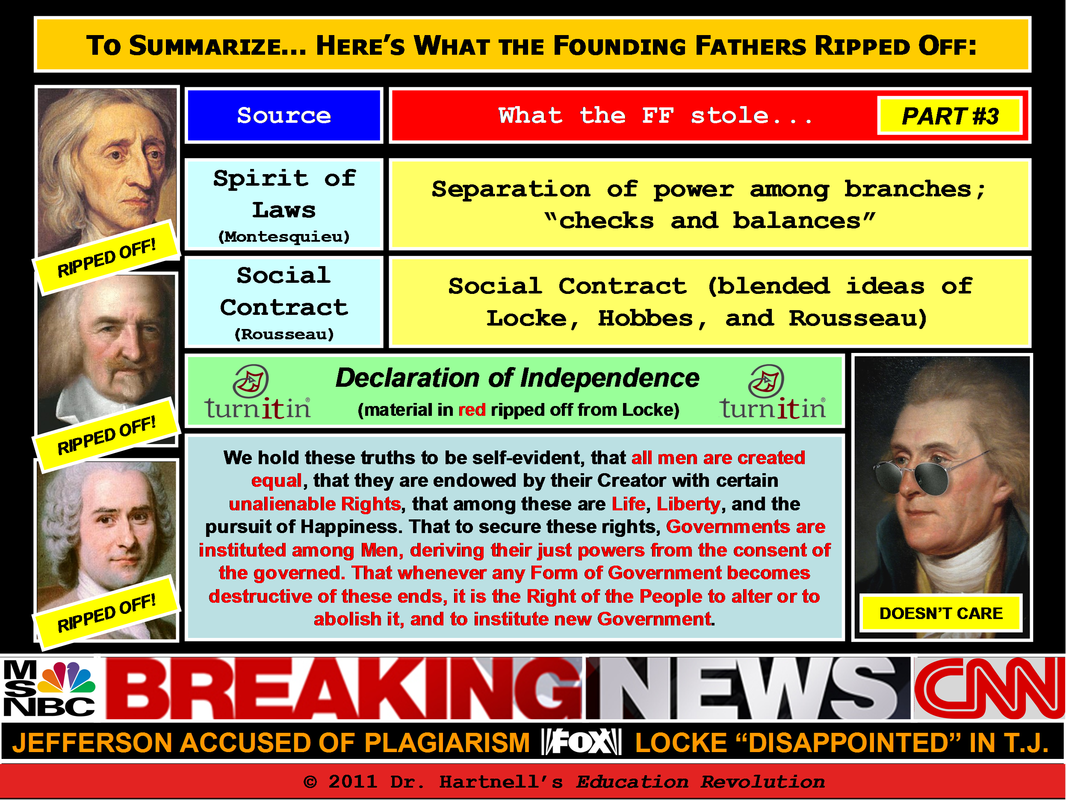Scramblin' thru... American Government
"We the People & All that Jazz..."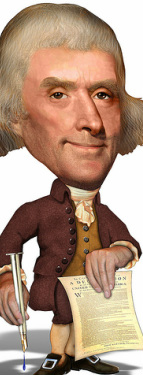
What comes to mind when you hear the word "government"? Perhaps a lethargic, antiquated system hindered by red tape and lazy politicians that act like middle schoolers? If so, you're close. Government is a political organization that makes the laws and decisions in a country. Whether you live under a democracy, a republic, a dictatorship, a theocracy, or a monarchy – you know something about how government works based upon your everyday experiences. (Well, unless you live under a dictatorship, in which case you are reading a very censored version of this website... if you have Internet access at all. All hail Emperor Zerg!)
Democracy vs. Republic:
|
The word "democracy" comes from two Greek words: demos meaning "the people" and kratia meaning "to rule", therefore democracy means "the people rule". Majority rule may sound like a good idea, but, essentially, it translates to mean "mob rule". The flaw of democracy is that the majority is NOT "restrained" - meaning if more than half of the people can be persuaded to want something in a democracy,
that whim will rule. The word "republic" comes from two Latin words: res meaning "concern" and publicus meaning "public", therefore republic means "concern for the public". A true republic is one where the government is limited by law, leaving the people alone. For example, in the "Wild West", if a lynch mob captured a suspected criminal, instead of hanging him because the majority voted for it, the criminal would be given a trial due to "the rule of law" in a republic instead of the "mob rule" of a democracy. The Pledge of Allegiance was first used in schools on Columbus Day in 1892. It was originally worded as:
I pledge allegiance to my flag and to the republic for which it stands: one nation, indivisible, with liberty and justice for all. The words "the flag of the United States" were added on Flag Day in 1924 while "under God" was added in 1954, bringing the Pledge up to its current version. The dictatorial and absolute empires of Egypt, Sumer, Assyria, Persia, and Macedonia were followed by the rise of city-states, the first self-governing communities where representatives were responsible to the citizens that chose them. The city-states of Greece (like Athens and Sparta) provided examples for the theories of deep-thinkers Plato and Aristotle. Aristotle used a simple system of classifying countries that was based on the following concept: good governments serve the general welfare; bad governments use the general good to benefit those in power. As a result, he grouped government into three categories:
1. Monarchy (government by one) 2. Aristocracy (government by a few) 3. Democracy (government by many) Future Greek philosophers added 5 more forms of government (many of which are technically sub-groups of the larger classifications). These were: 4. Tyranny (rule by an individual in her/his own interest) 5. Oligarchy (rule by a few people in their own interest) 6. Ochlocracy (mob rule) 7. Theocracy (rule by religious leaders) 8. Bureaucracy (the excessive domination of government by administrative officials) Habeas corpus
is Latin for "you have the body" and is an order issued by a court that requires proof of the legality of jailing someone. (It's protection against random imprisonment.) Article I, Section 9 of the Constitution states that the privilege of habeas corpus may not be suspended except in cases of rebellion or invasion, when the public safety may require it. (The constitutions of most states also contain the protection of habeas corpus.) Only once has the U.S. Federal Government suspended the right of habeas corpus. This was in 1861 when Abraham Lincoln suspended it for any Confederate sympathizers during the Civil War.
Every Fourth of July we celebrate our nation's
independence by blowing off fingers, experimenting with "how much is too much" lighter fluid, and pushing down children to get the Tootsie Rolls thrown by Shriners during the local parade. But when exactly is our Independence Day? The history books tell us it's July 4, 1776... but, if we've learned anything, it's that history loves to fudge the facts. On June 7, 1776, Richard Henry Lee, a representative from Virginia, proposed that America ends its allegiance to King George III and sever all ties politically to the Mother Country. This kicked into gear the writing of the Declaration of Independence, which was cranked out with remarkable speed and submitted to the Continental Congress on June 28th. On July 2nd, Congress voted for national independence, and 12 of the 13 approved the measure (New York's representatives abstained from voting since they hadn't been given the "OK" to do so from back home). After the vote on July 2nd, representatives began to debate the actual text of the Declaration. On July 4th, Congress voted to accept the final version of the Declaration of Independence. New York didn't ratify the resolution until July 9th, and most delegates didn't sign the official copy until August 2nd. Even still, some never signed it. So when is our independence day? John Adams wrote his wife Abigail: "The second day of July, 1776, will be the most memorable epoch in the history of America. I am apt to believe that it will be celebrated by succeeding generations as the great anniversary festival. It ought to be commemorated as the day of deliverance, by solemn acts of devotion to God Almighty. It ought to be solemnized with pomp and parade, with shows, games, sports, guns, bells, bonfires, and illuminations, from one end of this continent to the other, from this time forward forever more!" Ooops. Looks like this year you can get your trip to the ER in two days earlier. Happy Second of July! The land ceded by Britain in 1783 under the terms of the Second Treaty of Paris was known as the Northwest Territory. The following year, Thomas Jefferson, then a Continental Congressman, came up with a plan to divide the region into smaller territories that would be eligible for statehood. The plan, modified by Congress into the Northwest Ordinance of 1787, allowed for the region to be broken into three to five states. Ohio, Michigan, Indiana, Illinois, Wisconsin, and part of Minnesota were eventually formed within the Northwest Territory.
This legislation organized the land into townships six miles square, provided land to support public schools (whoo hoo!), and organized the sale of land to settlers. The Northwest Ordinance guaranteed civil liberties in the territory and banned the importation of slaves north of the Ohio River. The creation of the territory is considered at the top of the list of accomplishments for the pre-Constitution government. (It's a short list, however...) On December 7, 1787, Delaware became the first state to ratify the Constitution, meaning the state of Delaware can actually claim to be famous for something! It was followed by Pennsylvania,
New Jersey, Georgia, Connecticut, Massachusetts, Maryland, and South Carolina. On June 21, 1788, New Hampshire became the ninth state to ratify, thus making the Constitution legally effective. But without ratification by New York and Virginia, two of the nation's largest states, it was doubtful the Constitution would succeed. The promise of a Bill of Rights won them over, and Virginia ratified four days later by 10 votes. New York finally ratified on July 26th, but by a vote of 30-27. North Carolina eventually ratified it in 1789, and Rhode Island in 1790, but by then no one cared anymore. 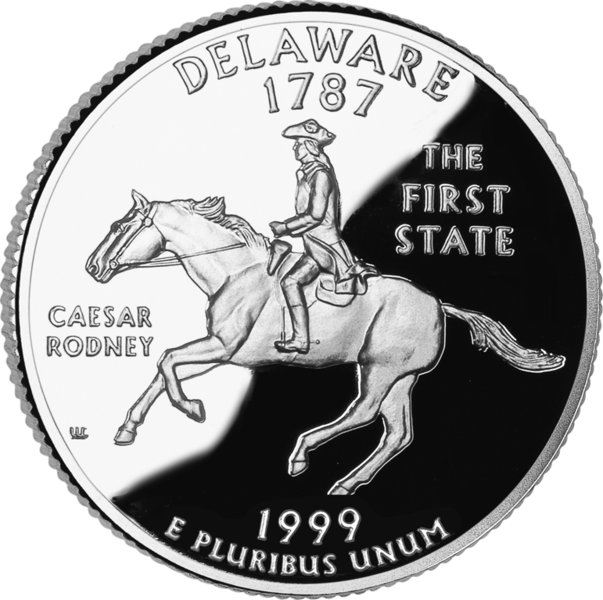
To "jazz" up quarters, the U.S. started printing special commemorative state coins from 1999-2008. The program was done as a way of creating a new generation of coin collectors. The Federal Government has made $3 billion in profits from collectors taking the coins out of circulation. Delaware got to be Quarter #1 since they were the first to ratify the Constitution. Hawaii was Quarter #50. (I'm hoping you can figure out the order they went in...) [Click picture for a larger version.]
The "Bill of Rights", which contains the first 10 Amendments to the U.S. Constitution, almost never happened, and, when it did, almost had 17 Amendments.
We owe this to James Madison. His persistence in reminding members of Congress that they had promised the states they would create a list of guaranteed rights if they ratified the Constitution was met with some yawns and some "so whats?" He kept at it, however, and gave his plan to the House of Representatives in June 1789. Madison thought the Bill of Rights should be written into the original Constitution rather than offered as a separate entity. The House appointed Madison, Roger Sherman, and John Jay to draft a "Bill of Rights". Sherman favored a separate document, and his suggestion was chosen over Madison's inclusion plan. After much debate, the House passed 17 proposed amendments. The Senate combined some Amendments and cut others, dropping the total number to 12, which they approved on September 25, 1789. Per the wording of the Constitution itself, three-fourths of the states must approve any amendments to the Constitution. With Vermont becoming the 14th state in 1791, 11 states were required to approve adding the Bill of Rights to the Constitution. Virginia became the 11th to do so on December 15, 1791. (Does Hallmark have a "Happy Bill of Rights Day"card?) Most states did not ratify the first two amendments of the original 12 in the Bill of Rights. The first dealt with how to go about assigning congressional seats to the states. (Boring! I almost fell asleep typing that. Cut it!) The second, specifying congressional pay raises, was not ratified until 1992... 74,003 days after it had been passed in 1789... and became the 27th Amendment. Because the first two were passed but not ratified in 1789, what we know today as the First Amendment was actually the Third. For a more detailed look at all 27 Amendments (and ridiculous ways of ermembering them), click here to visit that page. Schoolhouse Rock! ran from 1973-1985 during the Saturday morning children's programming on ABC. The animated shorts covered topics like grammar, science, economics, history, math, and civics. Below are seven classic episodes about American history and
government. Enjoy! There were drastic changes from the Articles of Confederation to the Constitution. The chart below shows these differences.
|
You Mean We Gotta Cite Our Sources?!
|
Historians often refer to the Founding Fathers as "godlike" because of the documents that they produced (Declaration of Independence, Constitution, and Bill of Rights) and the influence these had on shaping the government of the U.S.
And before we bash them, let's point out the fact that these guys did create something that's been working (for the most part) for over 200 years. I don't see anyone still reading your 8th grade book report on Lord of the Flies... But how much credit is really due to the Founding Fathers? As we have discovered, the Founding Fathers honed in on 11 different sources for their ideas used in the Declaration of Independence, the Constitution, and the Bill of Rights. And, in some cases, they did the same thing that you did when writing your report on Lord of the Flies... ripped off someone else's work. Straight up copy and paste – no citations – no references – just, BAM... turned in with blue hyperlinks still in it. That takes guts, but, these guys are larger-than-life personalities that must remain unscathed by the backlash that is revisionist history! Or maybe we ought to expose them for the little plagiarizers they are! The following 11 documents and books were all used by the Founding Fathers and contributed to the potpourri that is American Government. |

